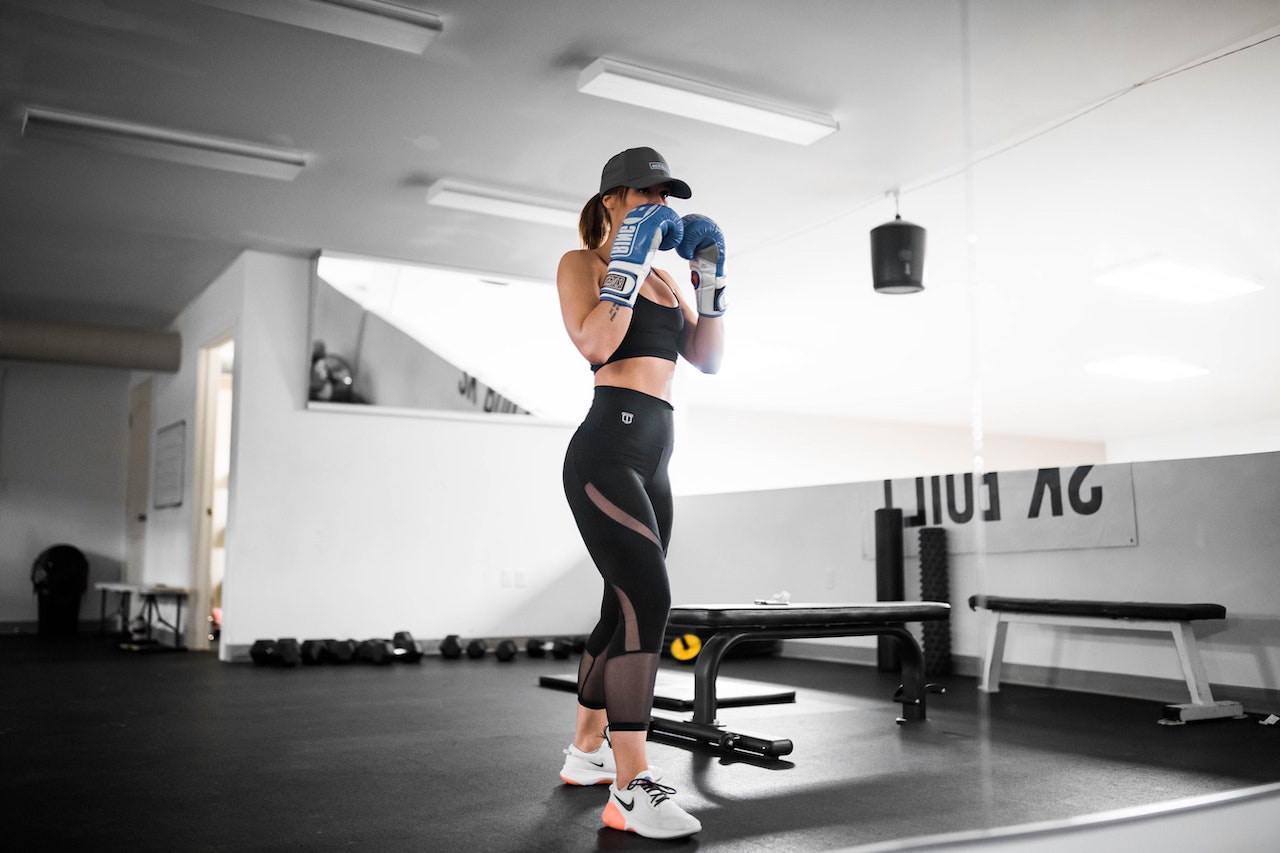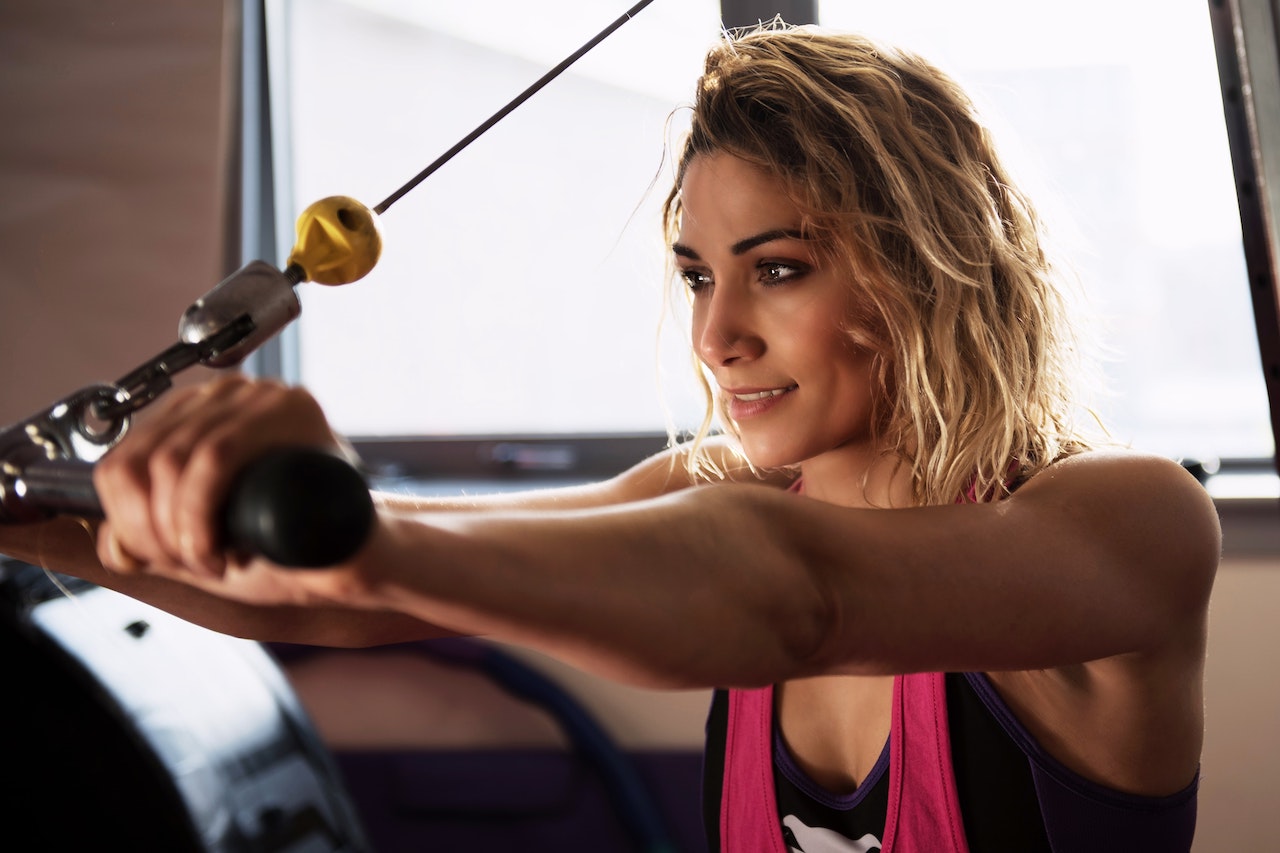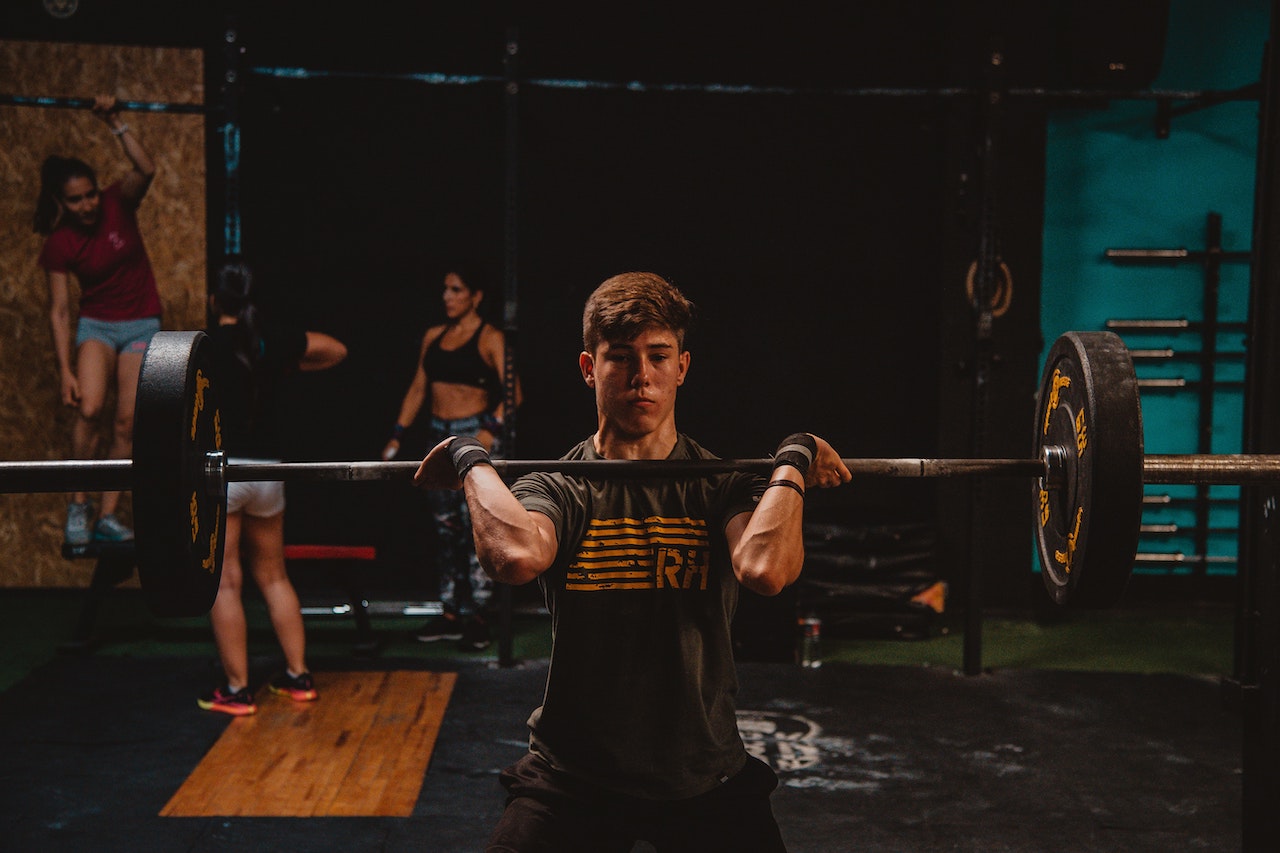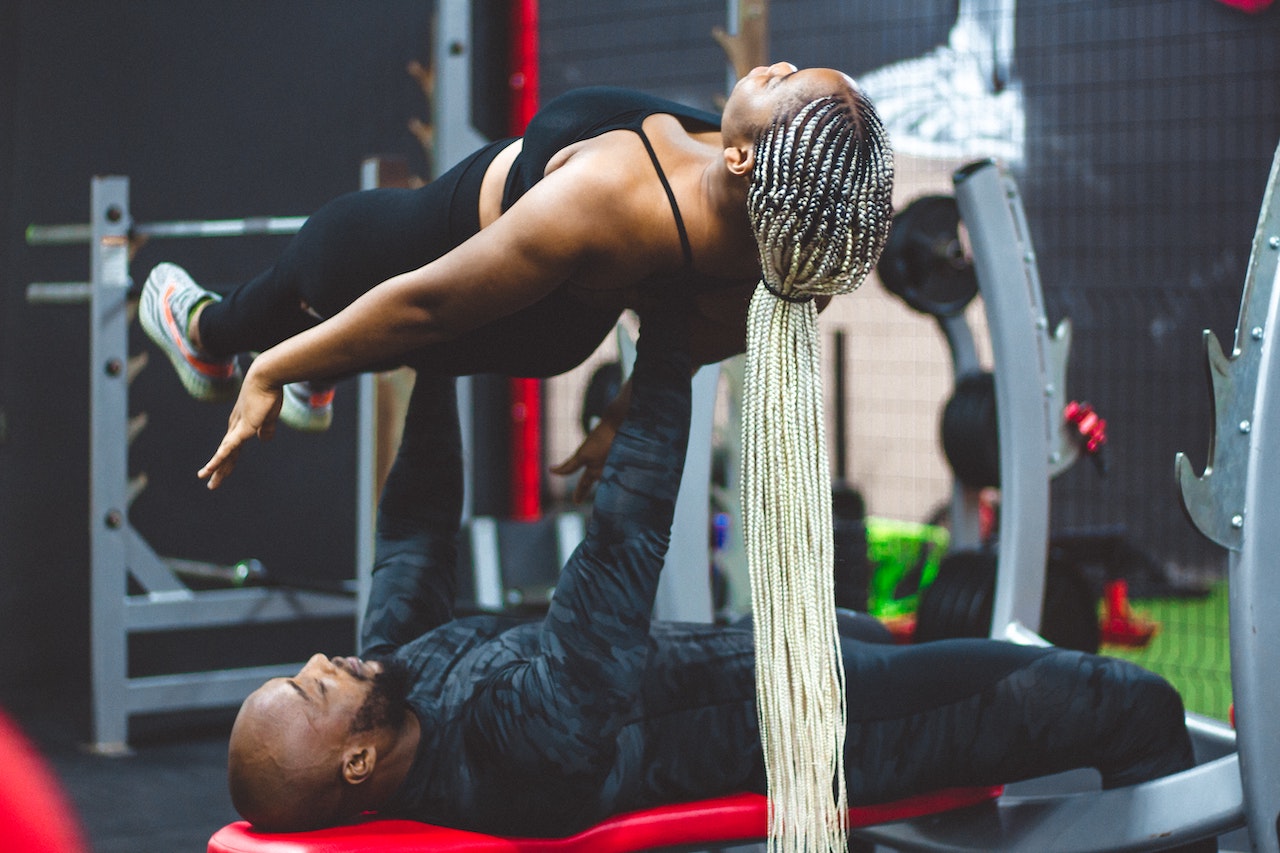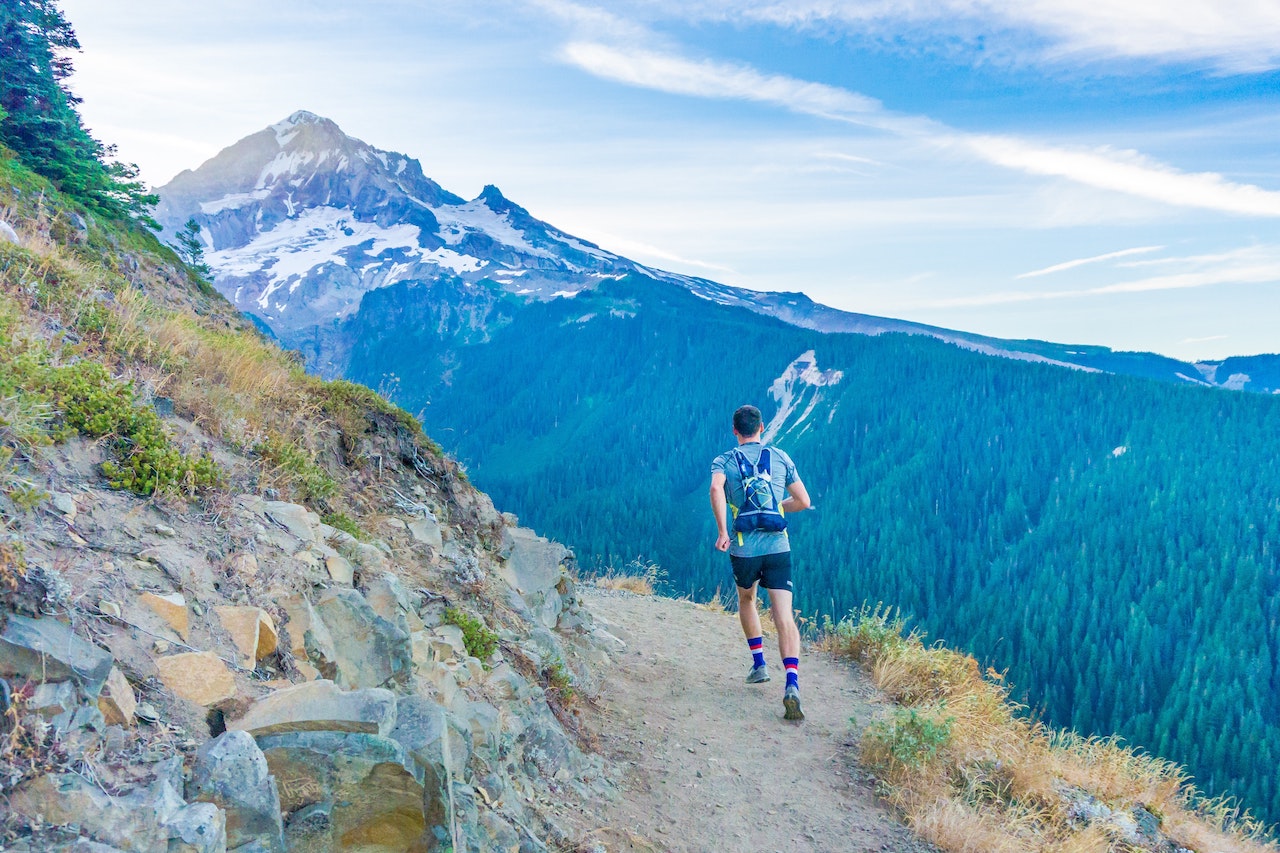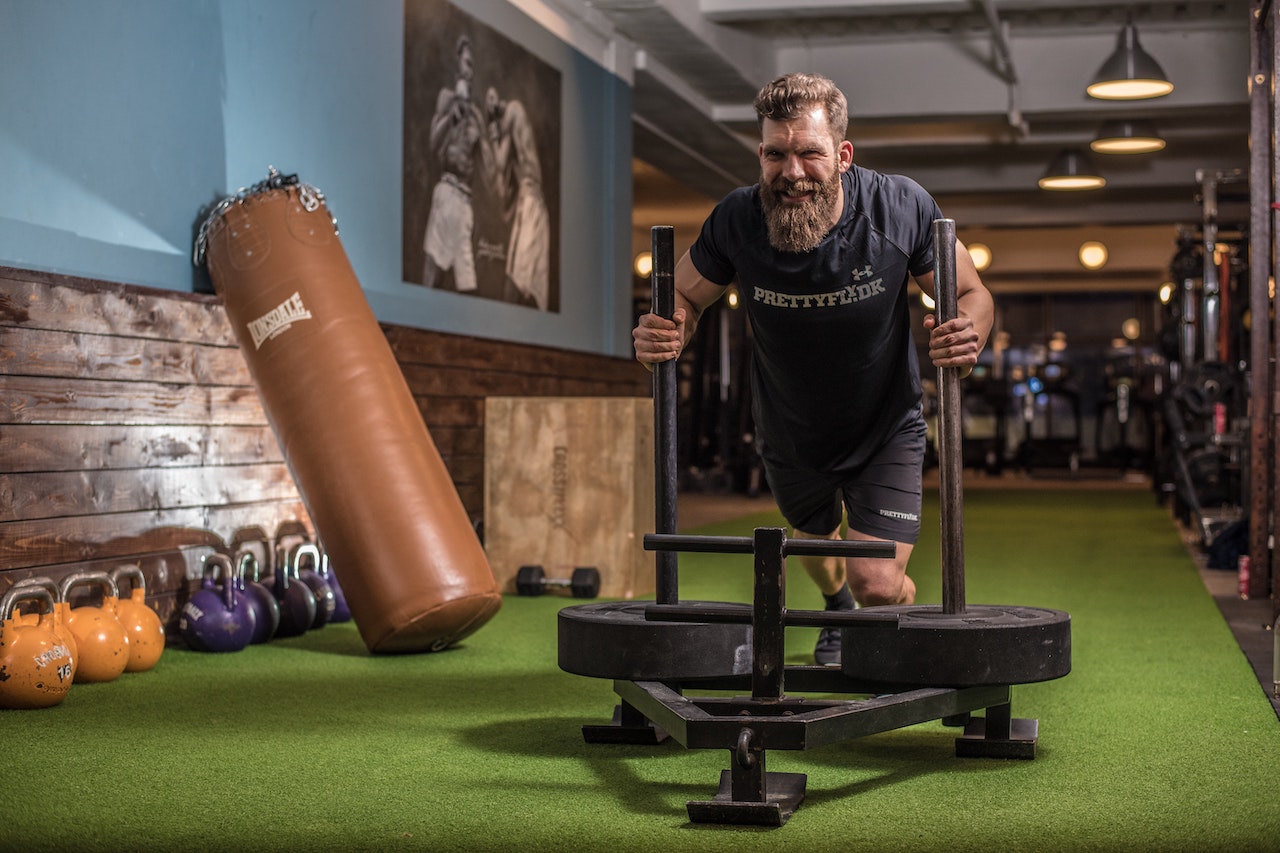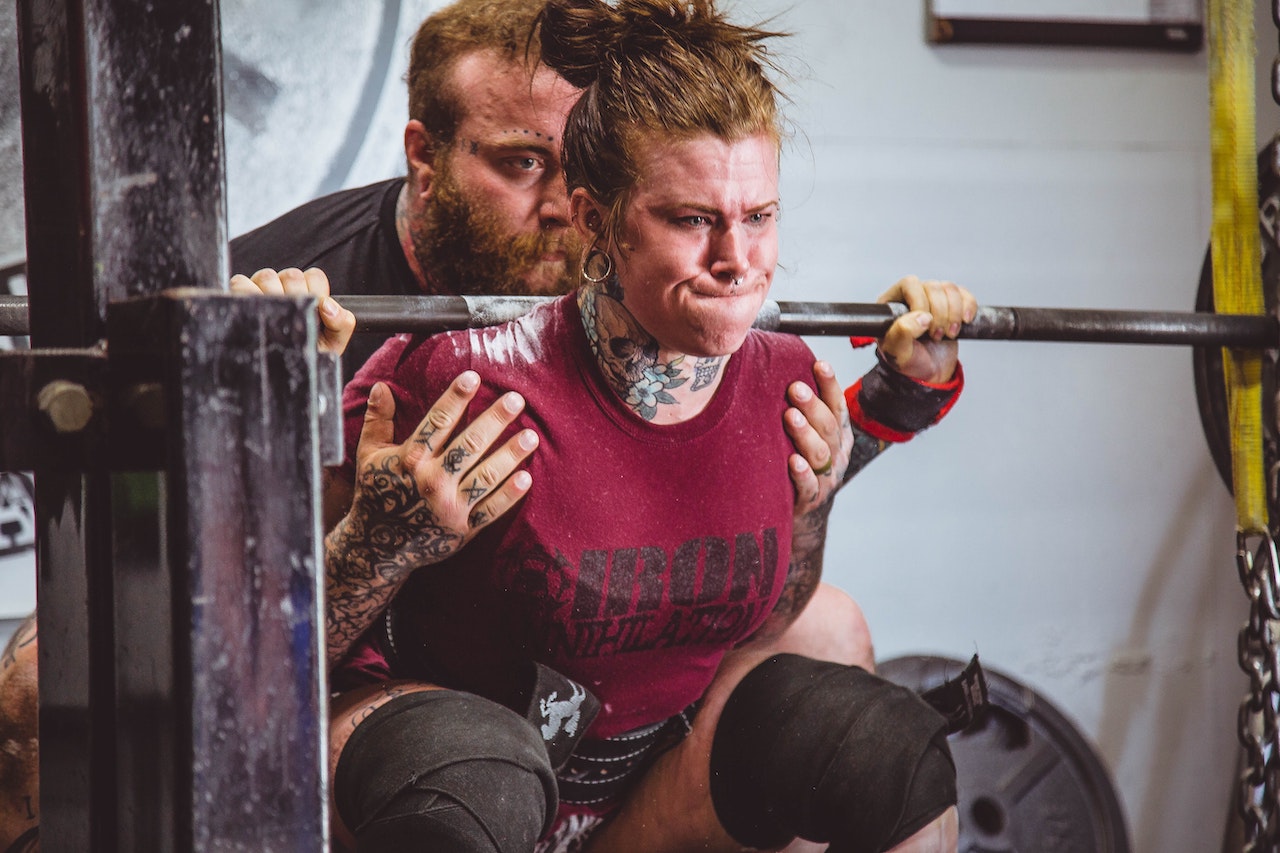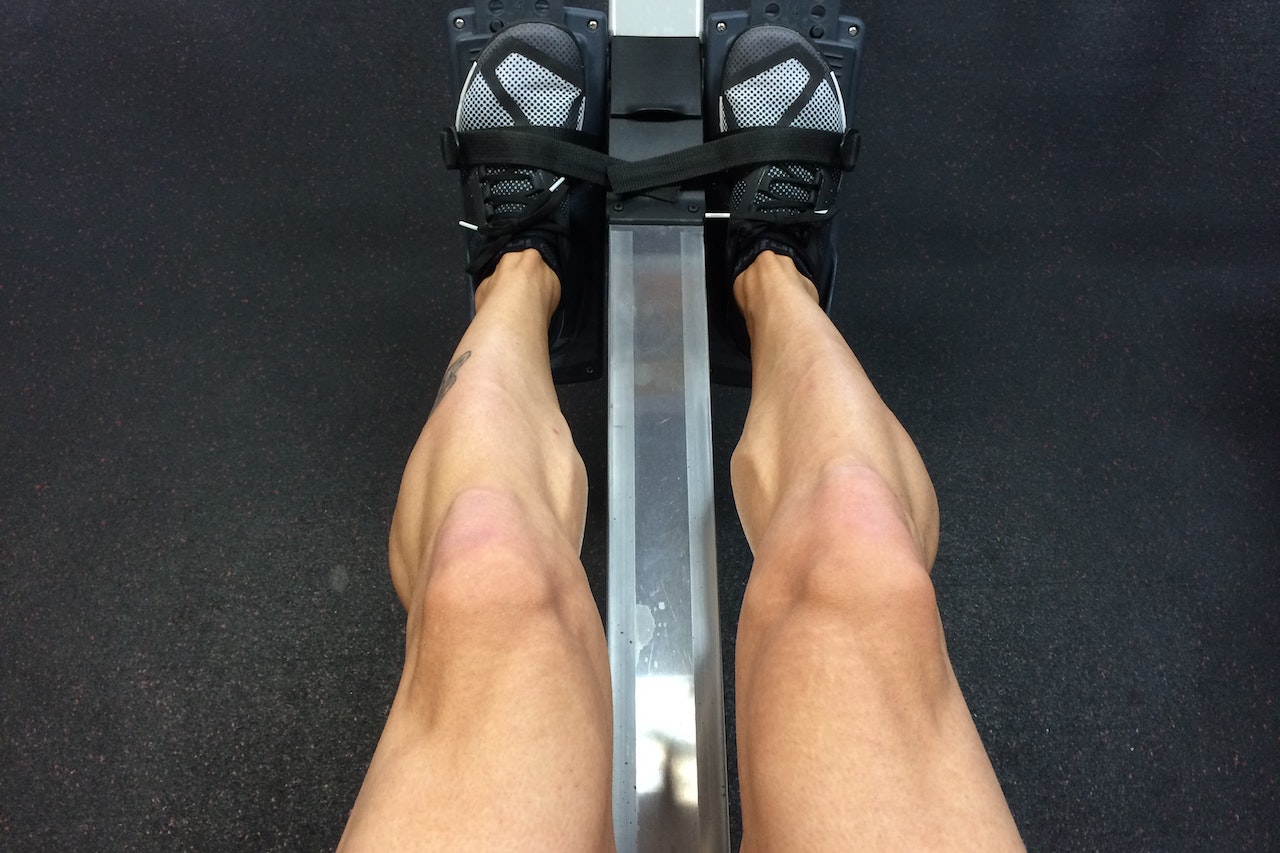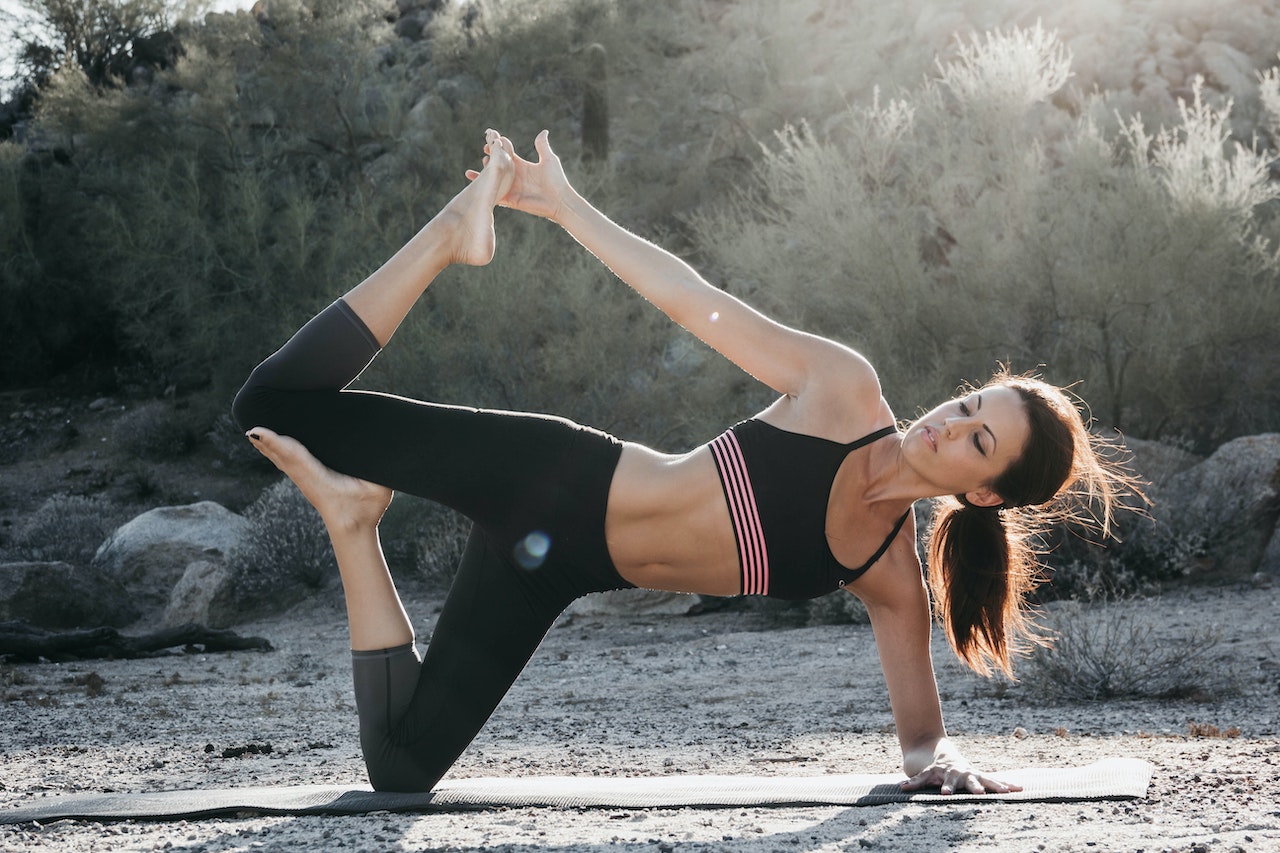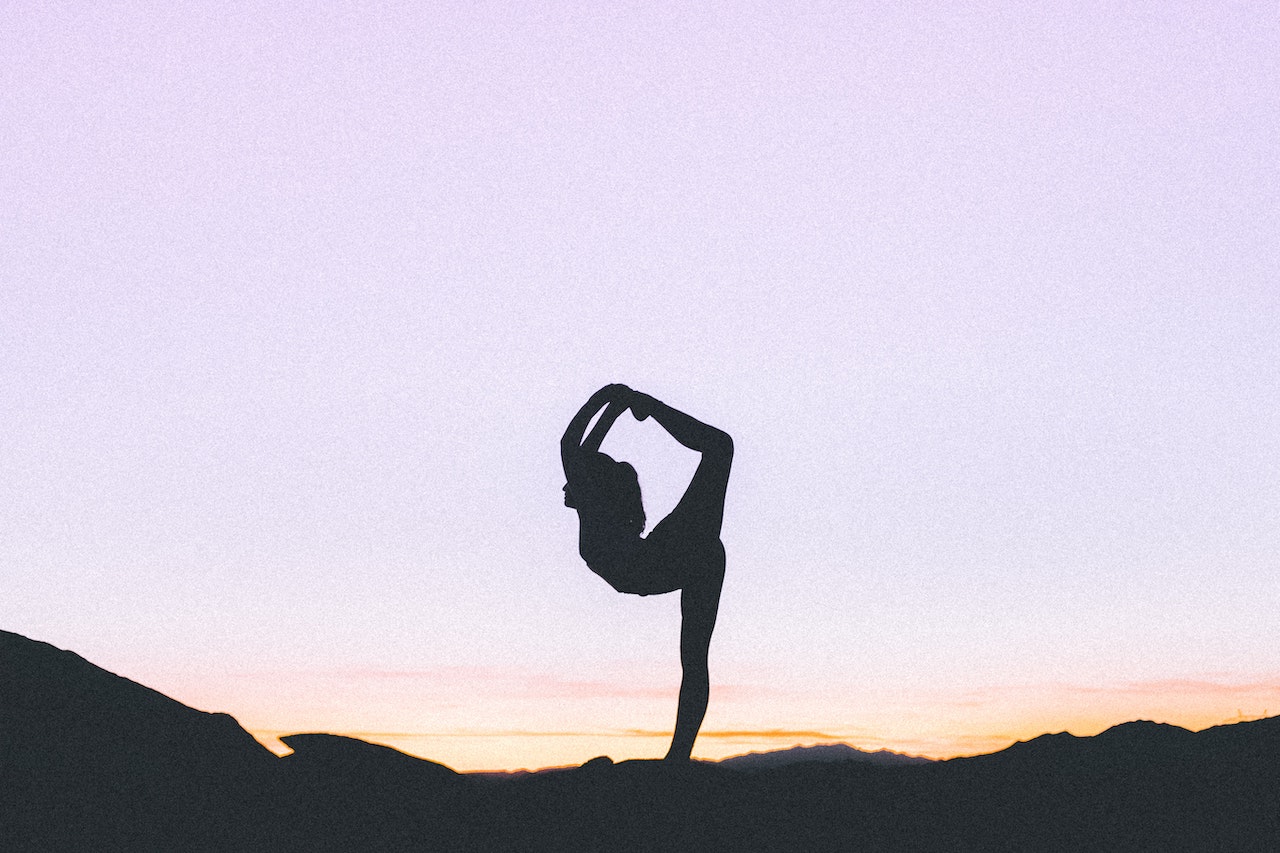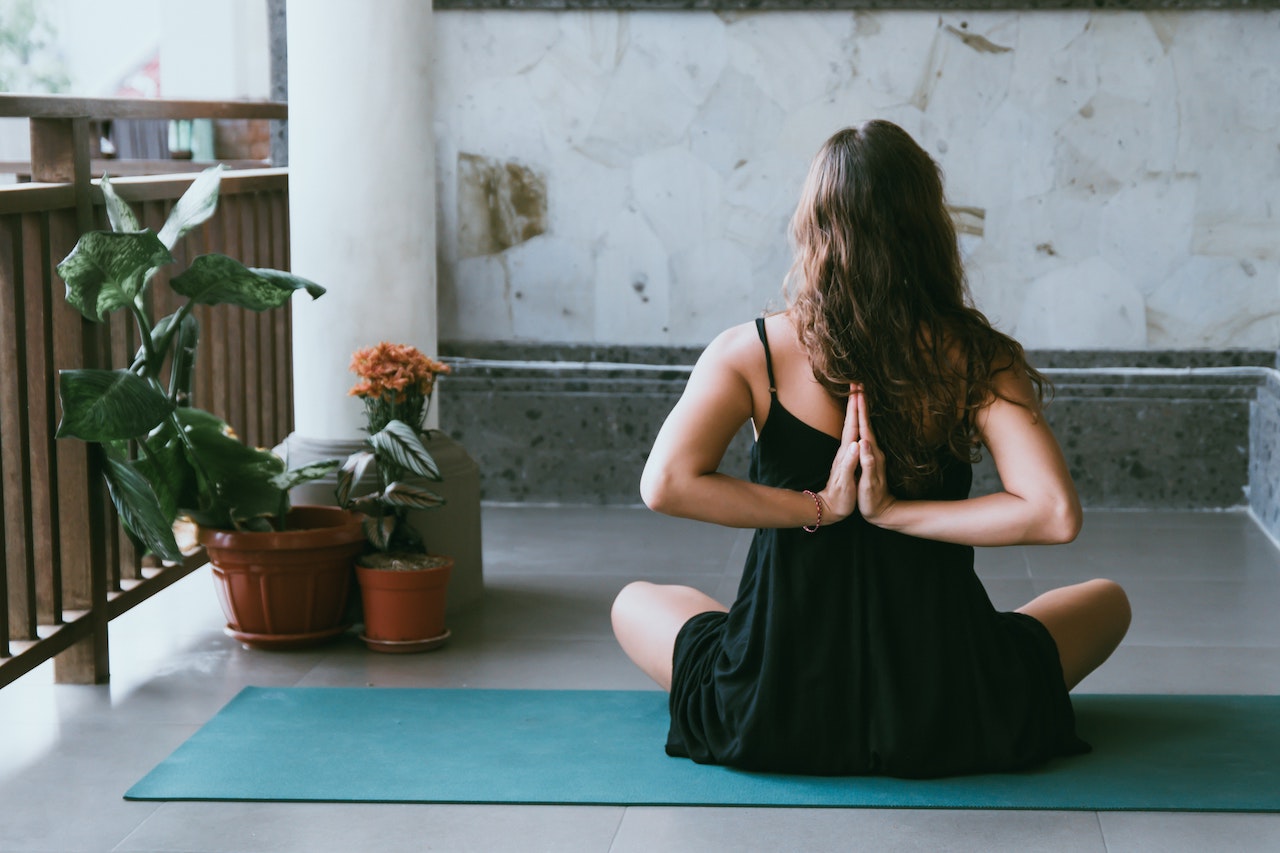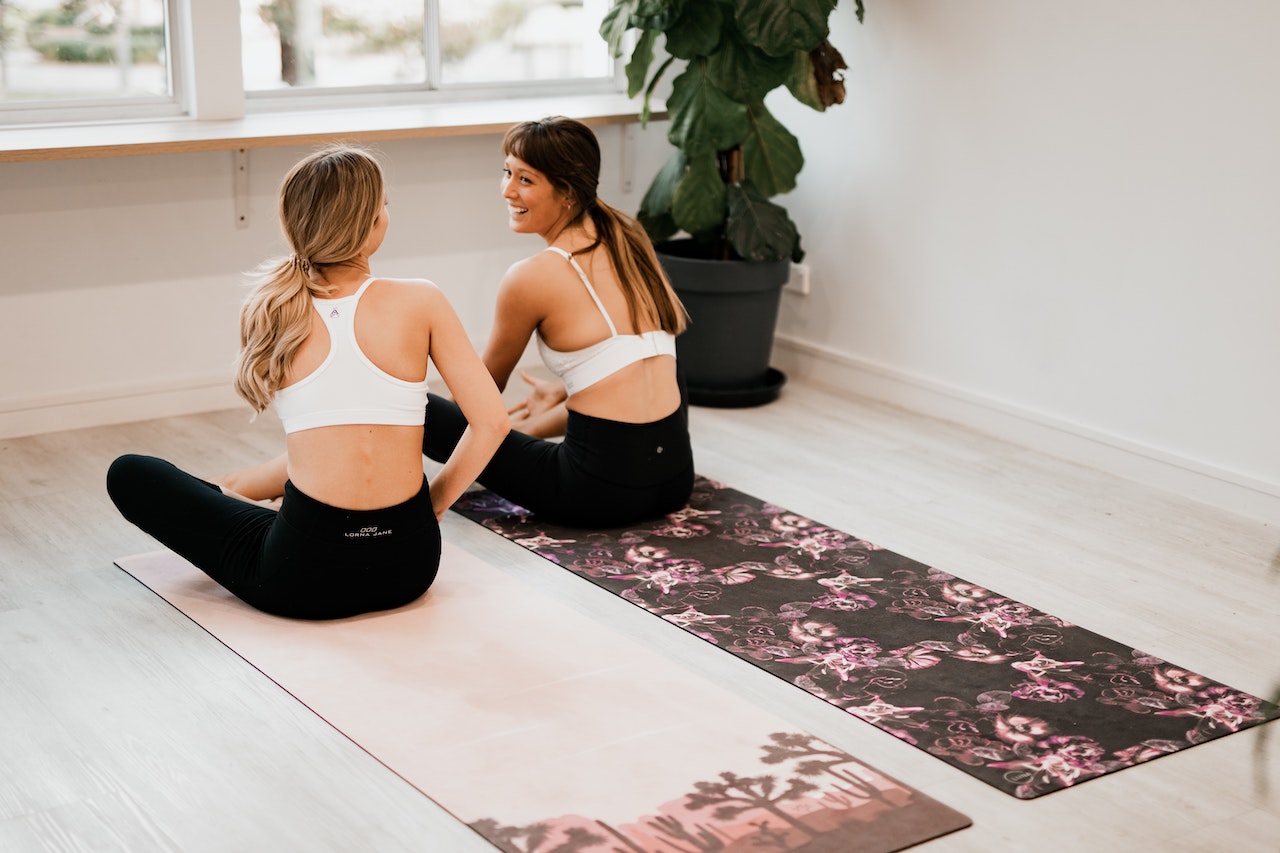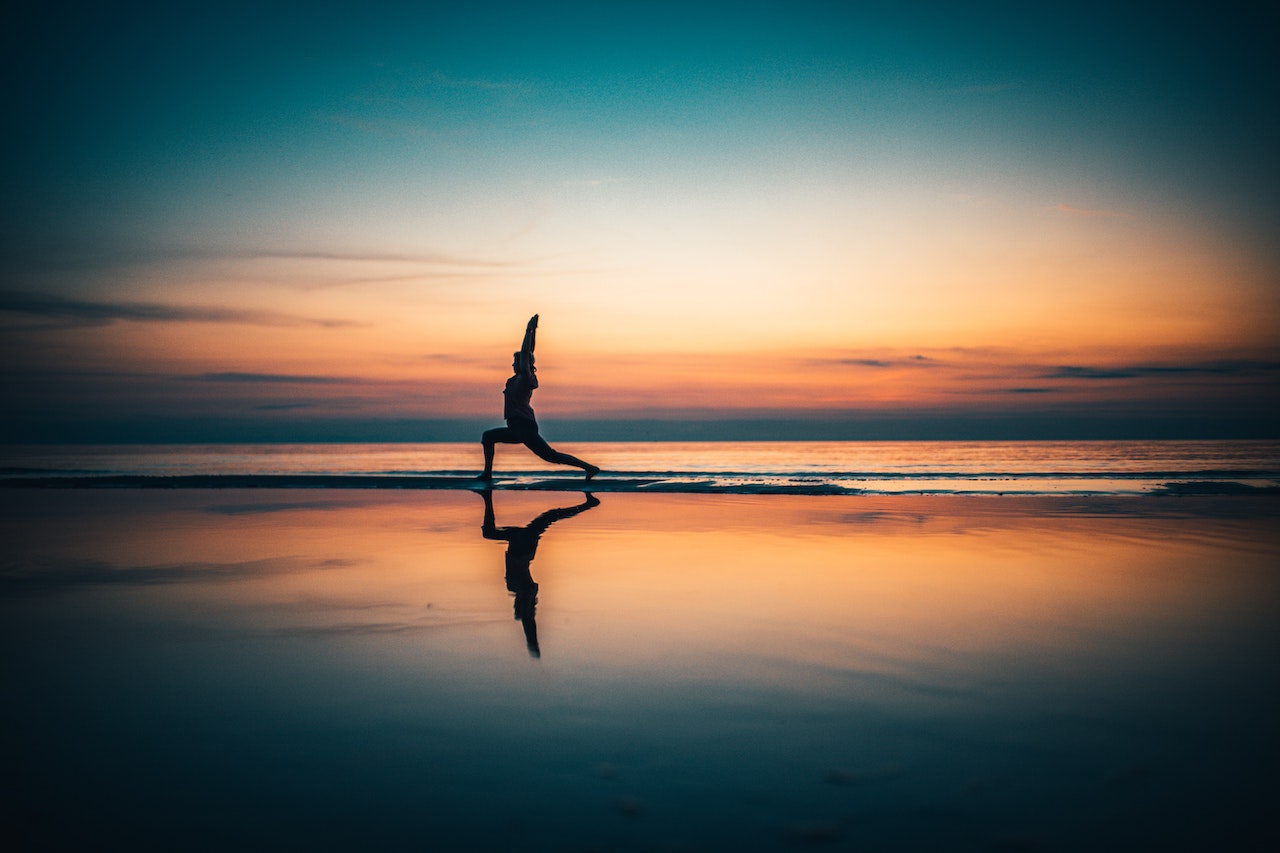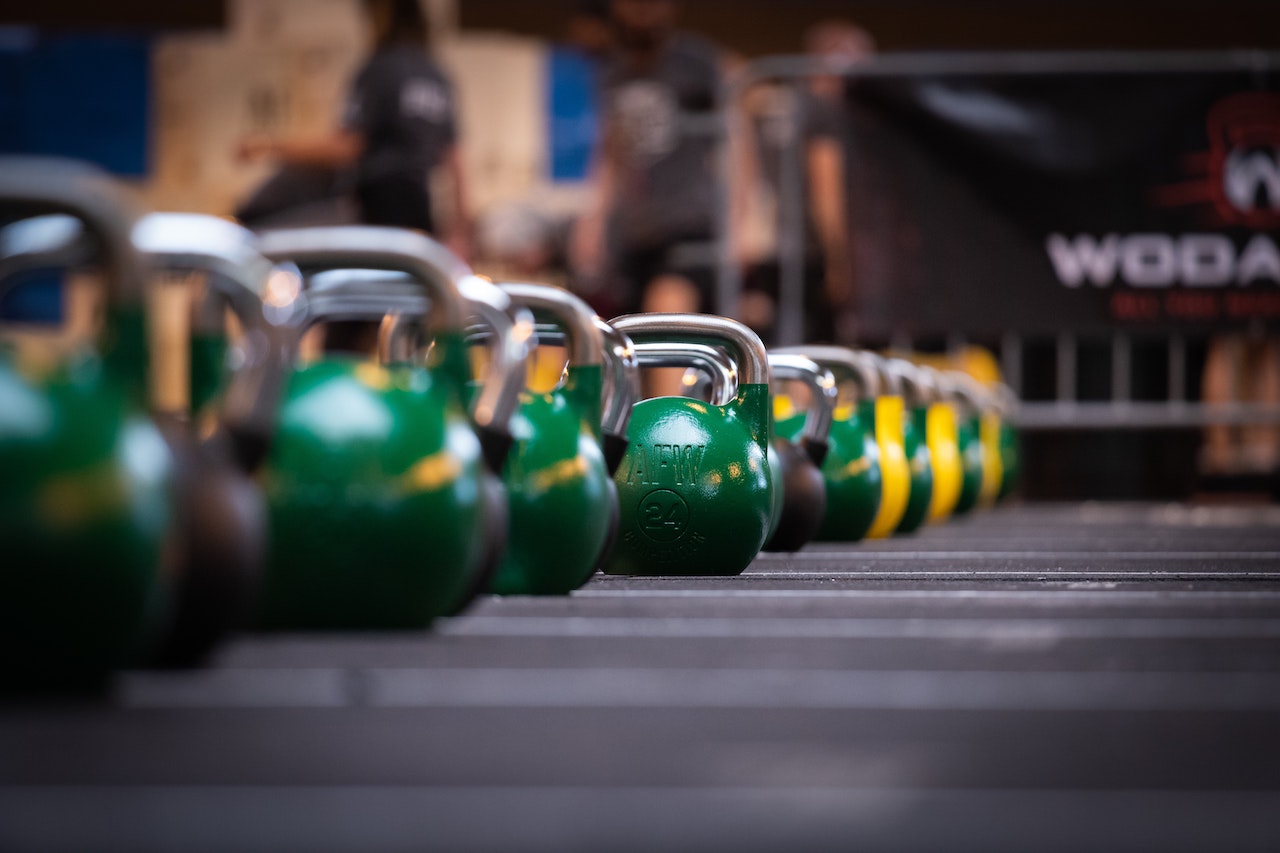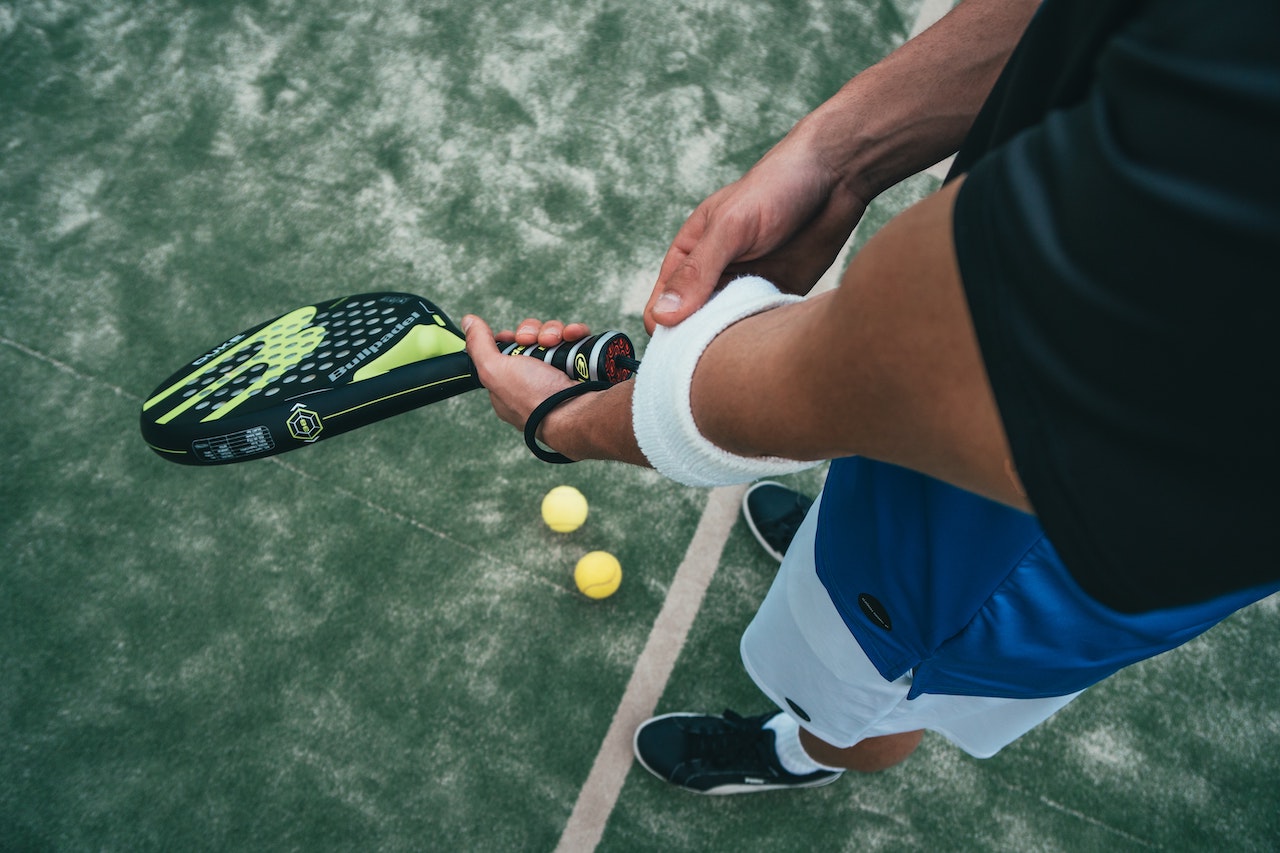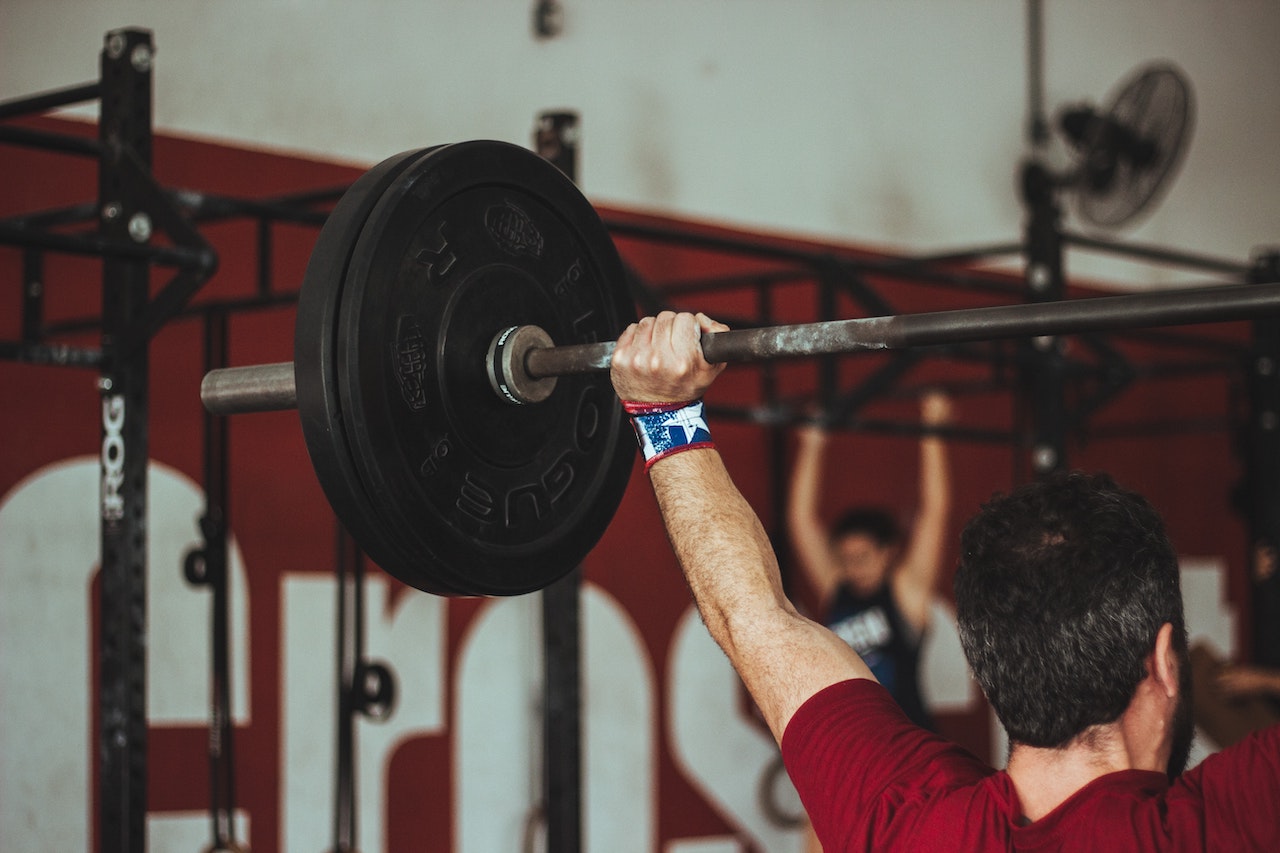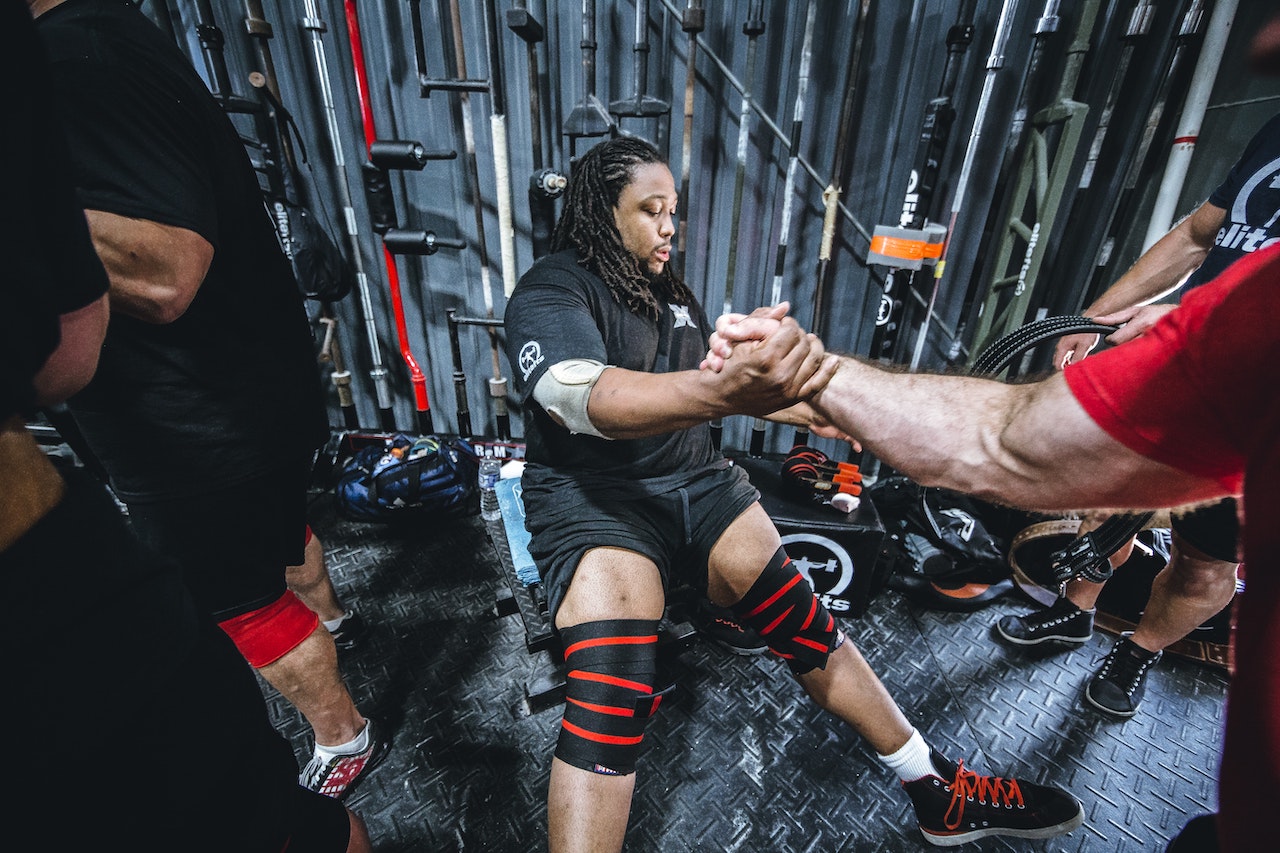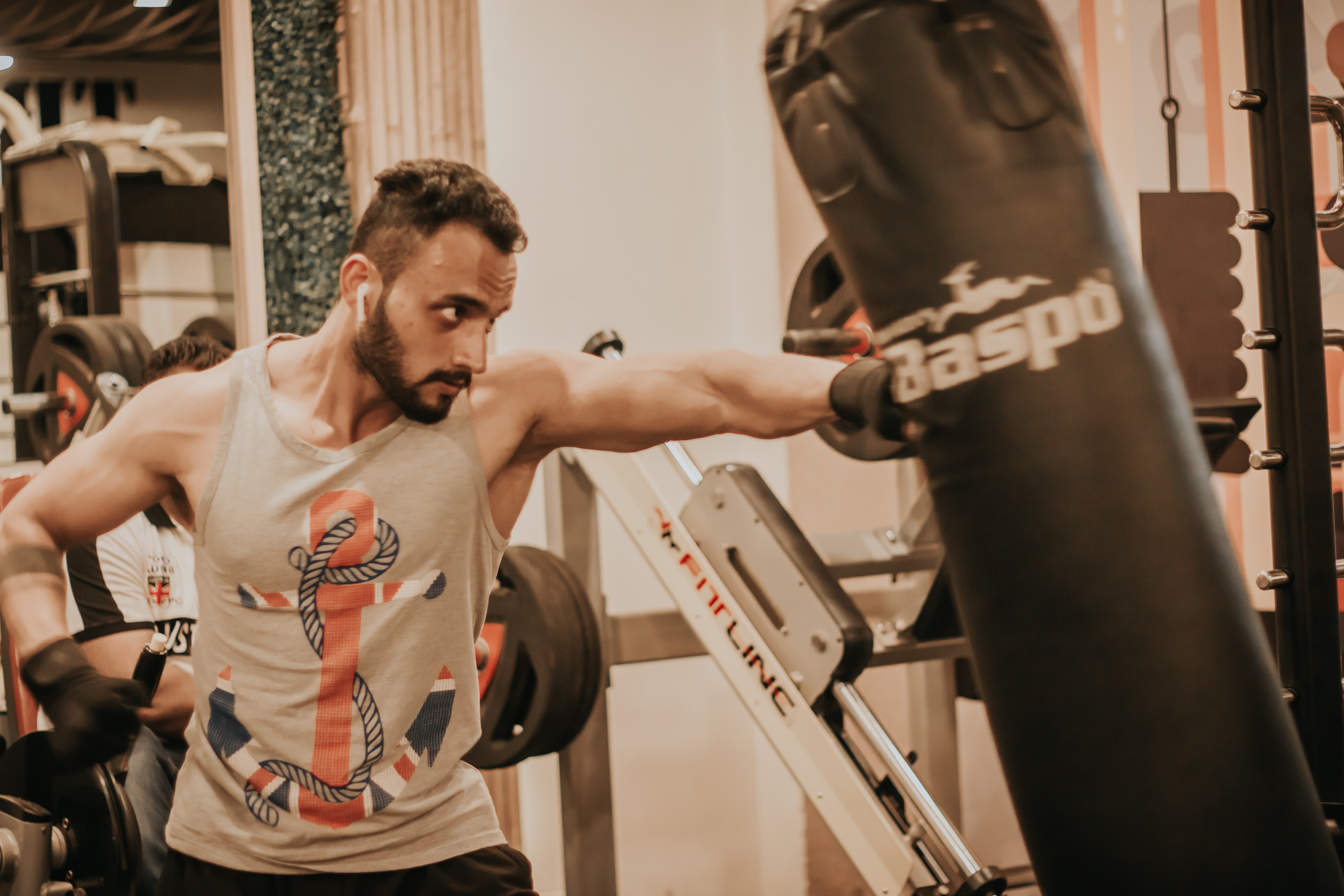"You want thicker legs? You've got to squat deep."
For decades, coaches, athletes and other bodybuilders have been trumpeting that strong legs are developed through countless sets of heavy barbell back neck squats. It's true, the barbell back neck squat is a truly kingly movement, so much so that it's often referred to as the "King of movements".
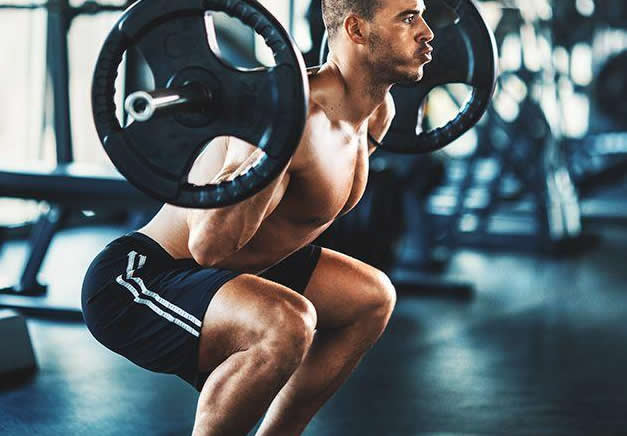
To be honest, the single leg (unilateral) movement is often referred to as a 'secondary' movement or is often completely ignored as there are 'more important' double leg movements such as squats, hard pulls and even leg raises. Well, we hope to correct these misconceptions with this training programme that will improve your size, strength and overall athleticism, so get started with the single leg movements.
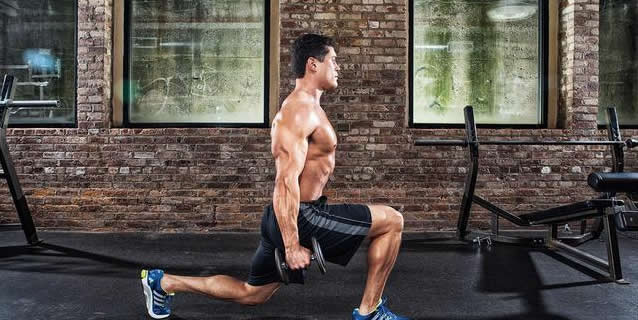
why single leg training? Don't get me wrong, double legged movements are very effective and they should be in a comprehensive training program. However, spending a few weeks training one leg alone can correct muscle imbalances, increase stability and give the body a break from barbell movements. In addition, single leg training can also act as a way to generate new training stimuli to the body, helping you to break through bottlenecks and give the leg muscles a new round of muscle growth.
Now, let's delve into the specific benefits of single-leg training.
Benefits of single leg training
1. Corrects imbalances
no amount of barbell squats, hard pulls, or other double legged movements can correct the imbalance of strength and size in the muscles of every gym goer's legs. No matter how strong you are, it is always easier to compensate or help the weaker side of your body muscles than the other side during a movement.
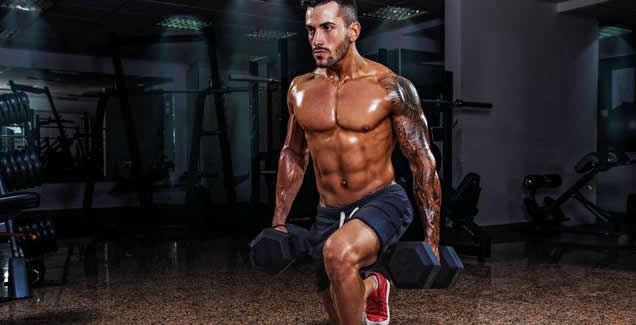
unilateral training allows you to specifically target the weaker, smaller side of the body, matching it with the stronger side. As well as building strength, correcting these imbalances will also help prevent future injuries due to severe, unimproved imbalances between the two legs.
To correct an imbalance, choose one of two methods.
Train the weaker leg first and then enable them to perform the same number of reps as the stronger leg. Train the stronger leg first and then the weaker leg does short rest exercises until the number of repetitions matches the stronger leg. However, when training, remember to complete the same number of reps on both sides so as not to make the existing imbalance worse.
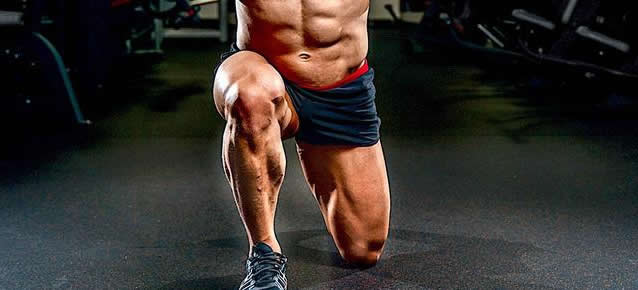
2. Single-leg training is ideal for those who are injured
a common complaint among bodybuilders is the pain in their knees and back when they squat with a barbell. Single-leg training is the perfect prescription for knee and back pain.
It usually requires only a lighter load (due to the fact that only one leg is used at a time) but allows you to really raise each leg muscle without overloading the spine. In addition, single leg training will also reduce stress on the joints while putting more pressure on the target muscles, allowing you to stimulate the quadriceps, gluteus maximus and hamstrings without hurting your spine or knees.
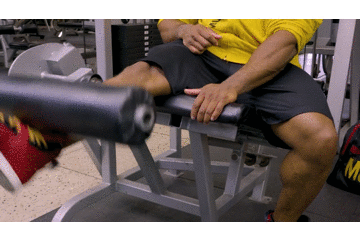
3. Enhancing athletic performance
in sports or real life, most movements are with the feet on the floor, in a standing position or in a rowing motion. Typical movements such as the deep squat or hard pull are performed in the sagittal plane. Performing all your fitness movements on one plane will make you stiff. In addition, your range of motion will be limited.
Athletes need to be able to move in three planes of motion - the sagittal plane, the frontal plane and the horizontal plane. Single leg training allows you to move freely in multiple planes, positions and postures and strengthens your muscles in these planes, ultimately making you a better athlete.
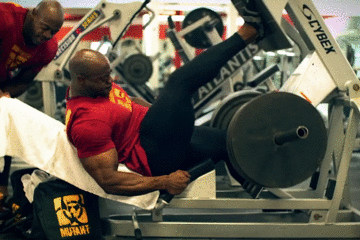
4. Work more muscles
this may seem strange considering you are only working out on one leg, but the truth is that a single leg workout works more muscles than a double leg. For example, a single leg squat works three more muscles than a double leg when doing a back of the neck squat, due to the need to maintain stability and balance while performing the movement. More trained muscles lead to more muscle and strength growth, it couldn't be simpler.
Single leg training tips
1. Start slow
the key to mastering single leg training, or any training for that matter, is to start the movement slowly and steadily. Choose the most basic movements, you can only progress once you have mastered the basics and you will be very comfortable and skilled in doing so.
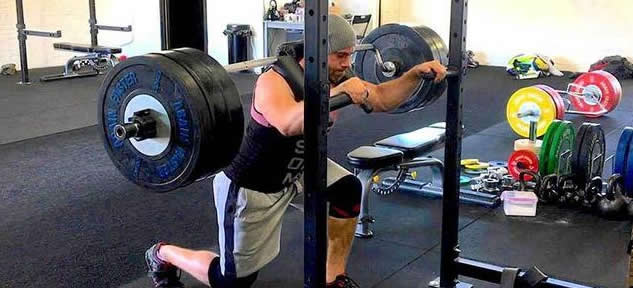
although this is obvious, too many athletes attempt the difficult single leg pistol squat immediately before mastering the simple split leg squat. Attempting too complex a single leg movement will either lead you to endless frustration or injury.
Perform supported single leg movements (standing split leg squat, bulgarian split leg squat, etc.) before performing unsupported single leg movements (pistol, prawn squat, single leg hard pull, etc.)
2. Rest on both sides
typically, athletes use one unbroken single-leg movement after another to reach power exhaustion. While this is great for improving heart rate and burning calories, it is very bad for strength.
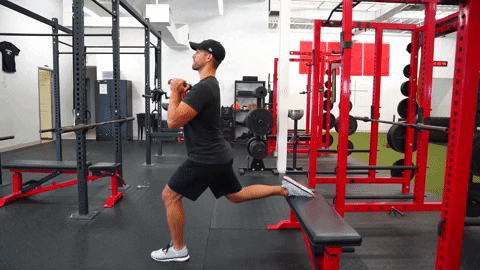
to perform a single leg movement, train one side, then lower the weight, take a few deep breaths, then lift the weight up and perform the other side of the exercise. Resting for 15-30 seconds between legs will allow you to lift the weight with greater control and better form, resulting in a more effective workout (and better gains).
Due to this tip, do not try to alternate legs in succession while training muscle dimension and strength. Again, alternating legs to complete the movement helps to increase your heart rate, but your attention can only be focused on one leg at a time. Therefore, complete all the movements on one leg, rest briefly and then complete the movements on the other leg.
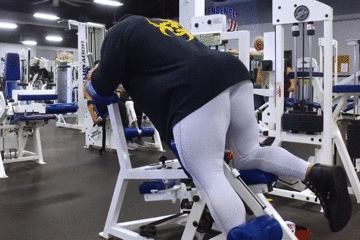
3. Don't be afraid to get heavy!
Too often, trainees mistakenly equate single leg training with light weight, high reps training. The facts speak for themselves, once you have become proficient at a particular single leg movement, it is time to add more weight and really focus on increasing muscle strength.
Take a look at the bulgarian split-leg squat. Sportsmen often perform multiple sets of 5-6 reps with a 100lb dumbbell in each hand. And, once you've reached your dumbbell weight limit, some of these single leg movements (arrow squats, split leg squats, hard pulls) can be done with a hex barbell or regular barbell.

remember, to continue to make progress, it's all about progressive deadlifts, just like the barbell behind the neck squat. Once you have completed the set movements, it is time to increase the weight, increase the reps and really work the muscles.
4. Single leg workout first
this technique applies to workouts where you have both one and two legs in the workout. On a leg workout day like this, start with the single leg workout first. The reason for this is that your muscles are at their strongest when you first start your workout. Towards the end of the workout, the muscles, stabilising muscle groups and central nervous system are fatigued, which may make it almost impossible for you to keep your balance during single-leg training or to do incorrect movements due to the accumulated fatigue.
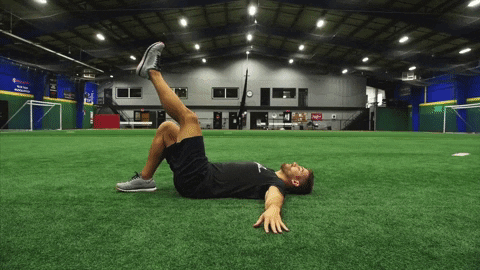
single leg training flow
training movement number of sets number of reps
split leg squats 5 6-12 reps/single leg
reverse arrow walk 3 8-10 reps/single leg
skate squat 3 10-15 reps/single leg
romanian single leg squat 3 8-10 reps/single leg
single leg hip bridge 3 10-15 reps/single leg
hopefully this will make you think more about single leg training rather than just putting it as a "Support movement". There is no doubt that single leg training can be brutal when it is as intense as any other traditional leg workout.
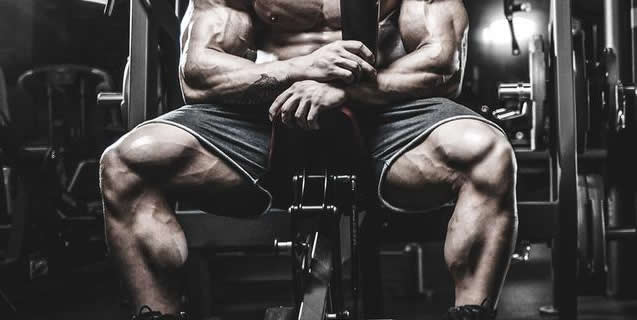
try this movement in your next workout and see for yourself the tremendous size and strength you will experience. We never said to do away with the behind-the-neck squat forever, but single-leg training should also have a place in your program to help you have strong legs!

